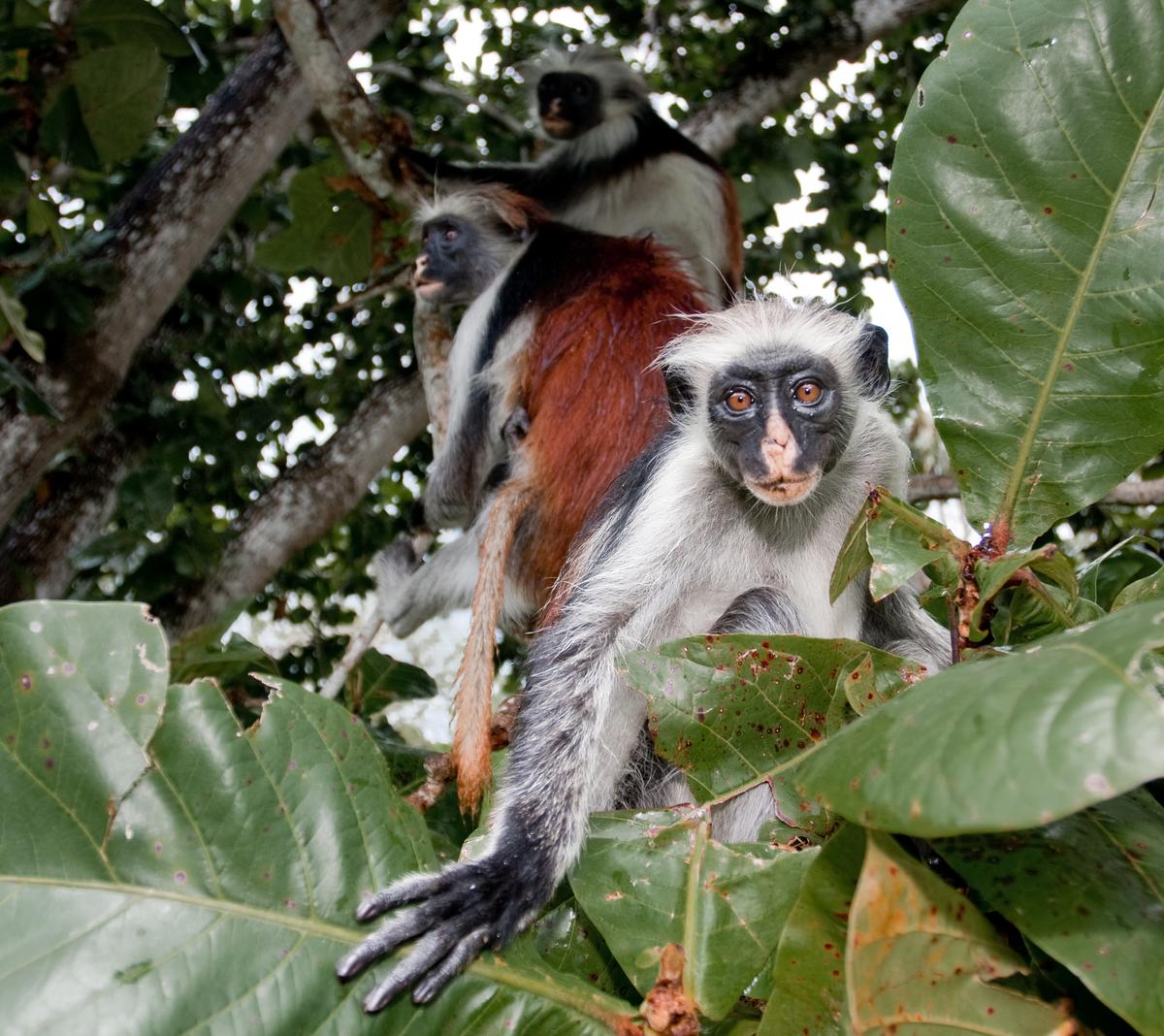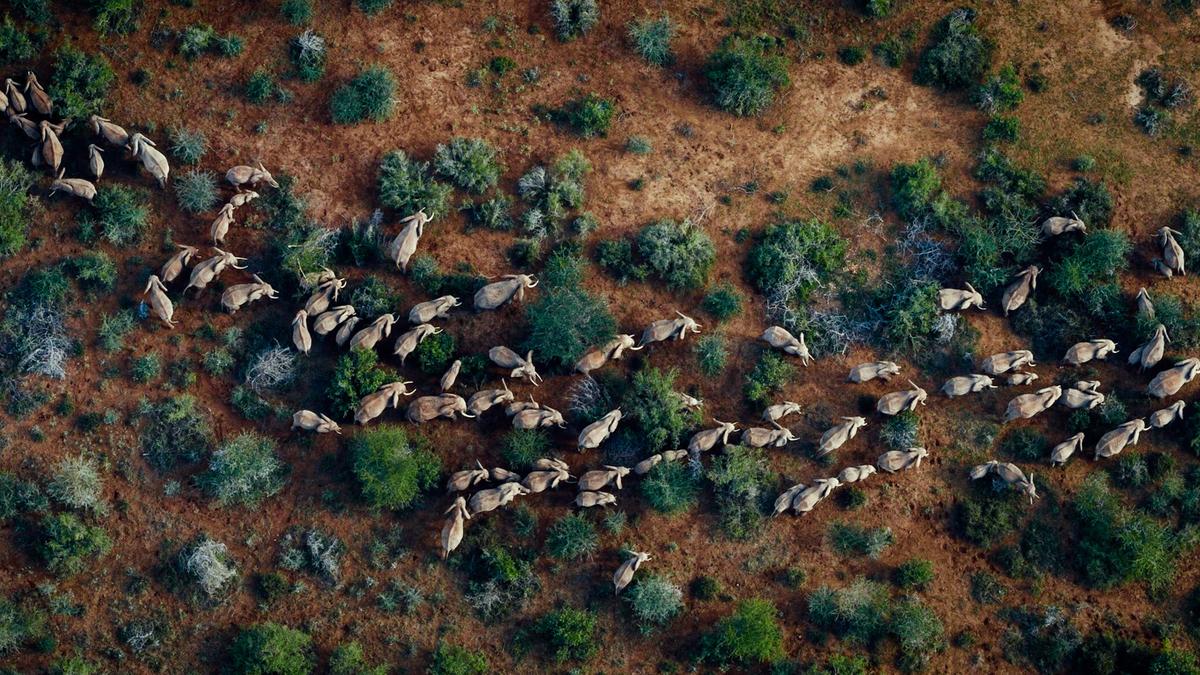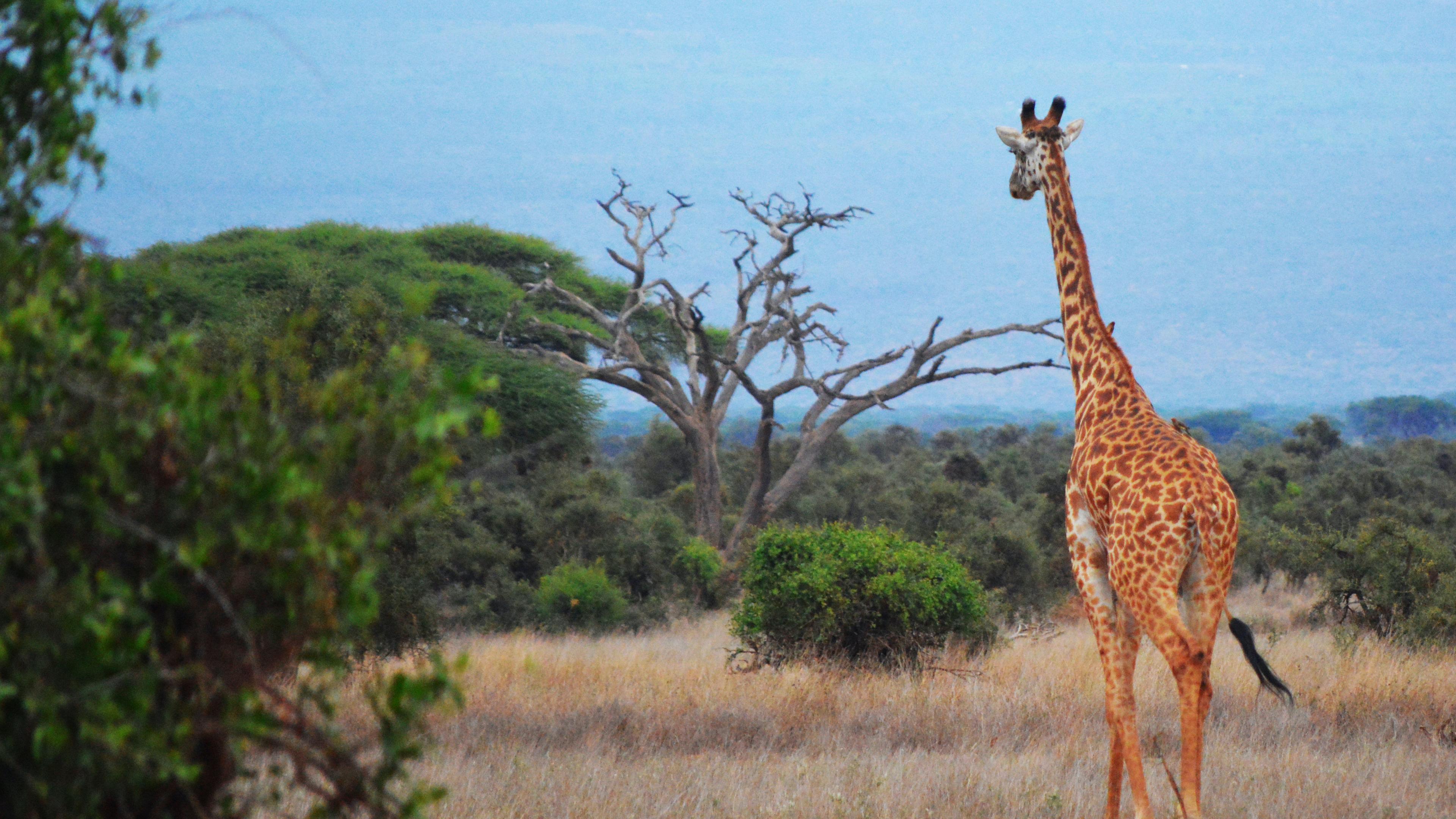Wildlife Fund
Make a direct impact by supporting award-winning wildlife organizations

Protecting the planet’s most vulnerable wildlife
Wildlife is crucial to our planet’s health, yet 60% has been lost since 1970, endangering ecosystems and future generations. In partnership with Re:wild, the Wildlife Fund focuses on protecting some of the world’s most vulnerable species, restoring those on the brink of extinction, and sustaining the ecosystems they are part of. This portfolio consists of two key programs:
Primates
East African species



Wildlife Fund pillars
The Wildlife Fund brings together a diverse range of projects, each tackling unique challenges and themes. Centered around two core pillars, the fund’s framework is designed to drive impact across key areas.
Primates

There are over 500 species of primates, and over 65% of them are threatened with extinction. The major threats are deforestation, habitat degradation, poaching, disease, and small populations. Although primates receive a relatively large amount of conservation support, this is not the case across the group with species like the great apes and lemurs receiving far more attention than other species. The Milkywire Wildlife fund focuses on the more overlooked groups of species such as the Red Colobus of Africa, the primates of the Mentawai islands in Asia and the primates of Brazil’s Atlantic Forests.
East African Species

Eastern Africa is home to unique ecosystems, such as the Eastern Afromontane, which hosts a multitude of endemic species not found anywhere else in the world, many critically endangered or vulnerable. However, the region faces severe challenges, including deforestation, wetland draining, and other habitat destruction, driven by rapid population growth, urbanization, and agricultural expansion. As human populations expand, conflicts between people and wildlife (like elephants raiding crops or lions preying on livestock) also pose major threats to wildlife. Wildlife tourism is a major revenue generator for several Eastern African countries. Protecting species ensures the continued viability of this industry, which supports local economies and funds conservation efforts.

Primates
Brazil + 7 countries
More than half of the primate species face extinction threats. This alarming situation is primarily due to habitat degradation, deforestation, poaching, disease, and their dwindling populations. In response, the program unites multiple organizations dedicated to the conservation of primates. Included organizations are The Society for Preservation of Muriqui, SW Niger Delta Project, and Colobus Conservation. Their collective efforts are critical in addressing the severe challenges threatening the survival of these vital species.

East African Species
Kenya + 1 countries
The remaining forests scattered throughout eastern Africa are typically small and fragmented, but they contain remarkable levels of biodiversity. These forests vary greatly in their species composition, particularly among less mobile species; for example, forests that are only 100 kilometers apart may differ in 80 percent of their plant species. This program includes organizations focusing on species conservation such as Hirola Conservation Programme and Zambian Carnivore Programme.
Key drivers of quality
We collaborate with a broad network of experts and maintain a robust portfolio management system to ensure high quality and scientific rigor. This portfolio is overseen by one main portfolio manager.
Ready to talk impact?
Let’s have a conversation about how we can support you in fulfilling your climate and nature commitments.
Join our newsletter to learn about the progress of our portfolios, expert insights, updates from our platform, and more.